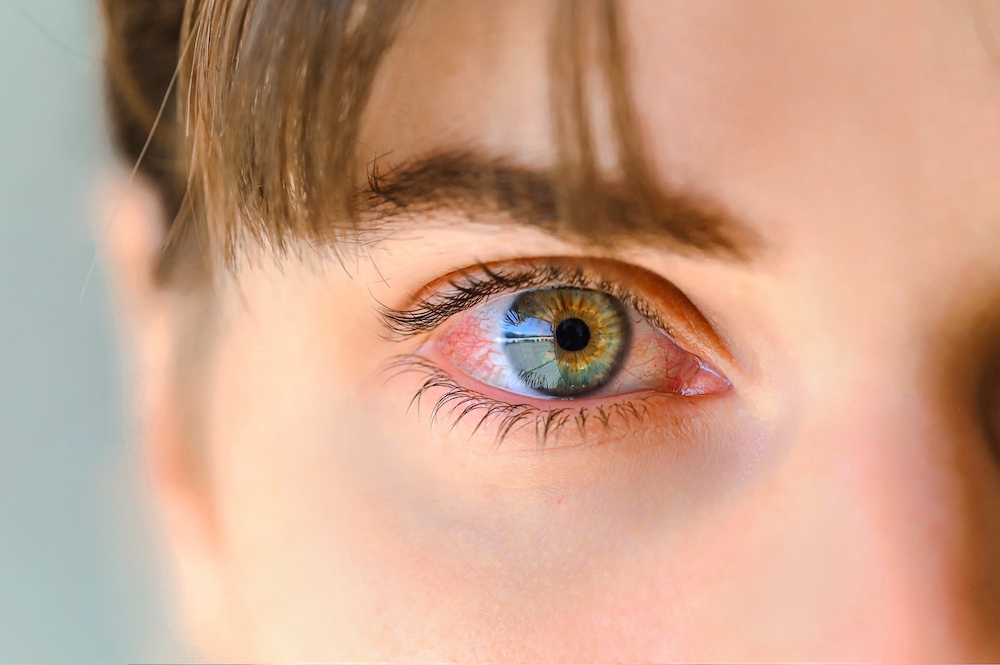
If you suffer from dry eye symptoms, you should see an optometrist as soon as possible. Your eye doctor will help you discover the cause of your dry eye and the right treatment to manage your symptoms. Eye doctors do this by asking about your symptoms, examining your eyes thoroughly, and doing some tests, including a dry eye gland imaging exam.
Before the Dry Eye Exam
Before your visit, you should make a list of your symptoms. It will benefit your doctor, as it will make it easier for them to understand what’s happening to you. Jot down all the symptoms you feel, even if they seem odd and unrelated to your eyes. You never know; they might have to do with your dry eyes.
During the Dry Eye Exam
At your appointment, your eye doctor starts by asking questions about your symptoms. They will ask what symptoms you have and when they started. Your doctor will also want to know how often you experience those symptoms. One of the doctor’s most important questions is if you have a family or medical history of dry eye.
It would be good if you could find out about this before your appointment. Tell your doctor if there are any dry eye treatments you have tried. Don’t forget to tell the doctor if you have been taking medications or supplements. Treatments, medications, and supplements can affect eye moisture, leading to dry eyes, so it’s important to tell your doctor about this.
Physical Exam and Dry Eye Tests
The next thing your doctor will do is check your eyes. Your doctor will examine the surface of your eyes and eyelids using a bright light and special instruments. After a physical exam, you will have to undergo several dry eye tests. These tests will measure the quality and volume of your tears, how quickly you make them, and how long they take to dry up.
Meibomian Gland Imaging
One of the important tests your doctor will conduct is meibomian gland imaging, sometimes known only as dry eye gland imaging. Your doctor will check the meibomian glands in your eyelids, which are responsible for producing the oils that stop the evaporation of the tear film on the surface of your eyes.
The dysfunction of the meibomian glands is one of the most common causes of dry eye. With this gland imaging, your doctor can determine if you have this dysfunction and how severe it is. Eye doctors use a wide range of devices to conduct this test. The imaging devices produce images or videos of the meibomian glands.
Besides using a device, the optometrist also touches the eyelids manually. They press gently on the glands to check the oil’s quantity and quality. If, after pressing, it feels like the oils are clogged or aren’t coming out smoothly, that could be why you have dry eyes. Your meibomian glands are not working well.
In addition to meibomian gland imaging, your doctor will also conduct these other tests:
Epithelial Staining
Corneal Examination
Tear Break-Up Time (TBUT)
Find out more about dry eye gland imaging and all the other dry eye tests at the Dry Eye Specialty Clinic. Call or text us at (605) 882-0808 or visit our Watertown, South Dakota, clinic.







